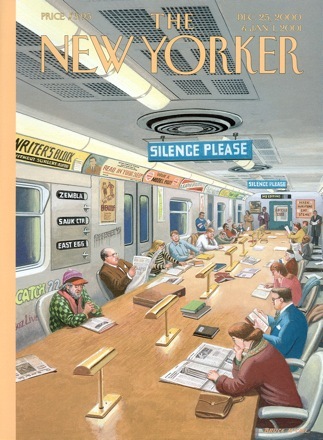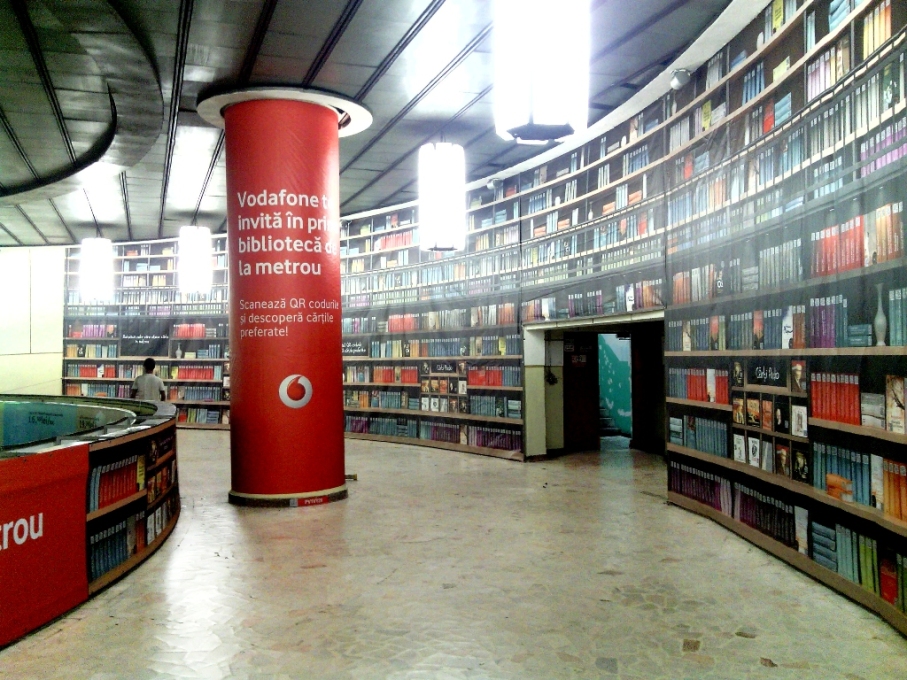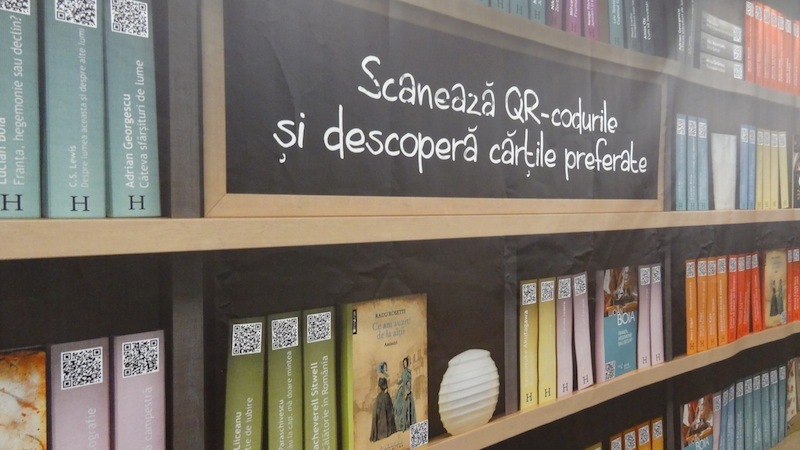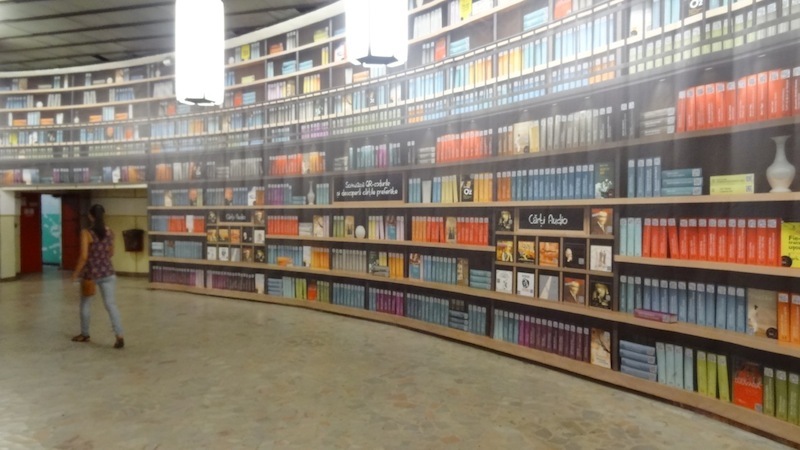Lift your head, tear your attention away from your work email for thirty seconds. Expand your mind. Tilt at windmills, harpoon white whales, pine for your homeland. Get lost in a book. Recently a rash of projects concerning the fate of the public library have caught our attention. The unique thing about these projects is that they take more enduring forms of reading in public and remix them with the added function of library access. Reading while commuting on urban public transit is one of the modern pleasures afforded to city dwellers. And, taking this pleasure and combining it with a push to keep the freely accessible books of a public library in circulation seems to captivate many.
Students Max Pilwat, Keri Tan and Ferdi Rodriguez, from the Miami Ad School, made a video that proposes a mobile digital library for the New York City Metropolitan Transit Authority – it is a train-car outfitted like a library. The video outlines the general decline in public library visits. Their 2D books on 2D shelves would be rendered readable using a QR scanner and a quick download. With an average daily ridership of 11 million on the NYC MTA, the potential is there to captivate many with the aid of the digital. The proposal for New York City seeks to encourage readers by providing a short preview of a range of titles, and by directing them to the nearest library branch to continue reading the book in the physical format.
This isn’t perhaps as speculative a project as it at first seems. A similar public space was actually realized in Bucharest in 2012 by the Romanian book publisher Humanitas and the mobile phone provider Vodafone. The walls of a subway station were papered in posters designed to look like library shelves, with certain books ready for a quick preview using any smartphone with QR code reading software. The symbolic nature of library imagery to encourage reading is a clever push for people to use digital means to reintroduce themselves to a physical space – that of the public library.
Libraries have understandably declined in regular use with easy access to the internet and on-demand digital book collections. While it is possible that these important and timeless cultural hubs will lose their collections of paper pages, hopefully the important social and community role that the library has played throughout history will not follow. The public isolation engendered by our digital universe is well-documented, yet at the same time a dramatic rethinking of some of the most basic public institutions is underway. Libraries have typically been housed in impressive edifices worldwide, and the role of these very public buildings hangs in the balance.
While it might be idealistic to think that reminding people that libraries exist through digital means will reverse this trend, it is perhaps a step toward a more public dialog about civic spaces in our digital era. Victor Hugo’s call to arms claimed “this will kill that”, this being modern printing technology that made book ownership possible for regular people and that being the majestic spaces of religious architecture. His prediction sounds awfully familiar of late, where the same fear is present about the influence of the digital on the physical. So these projects are right to hone in on something perhaps more important than any spatial configuration: the role of public access to information as we shift from pages to screens.
– Jessica Bridger
Below the video proposal for a subway library car in New York City by Max Pilwat, Keri Tan and Ferdi Rodriguez can be viewed.
The Underground Library from Keri Tan on Vimeo.








